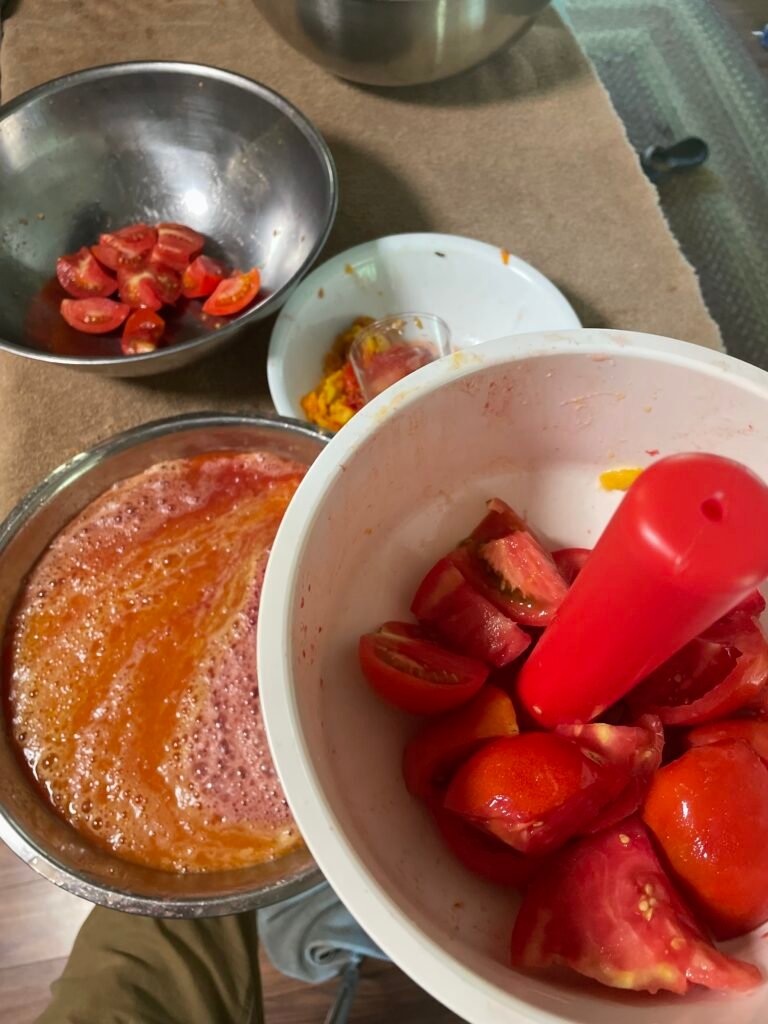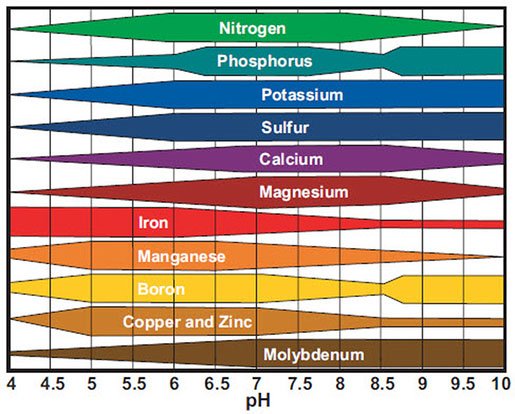Whether you consider yourself a tomato connoisseur or just a fan, there’s nothing better than picking that first one of the season off the vine and enjoying the flavor straight from the garden.
Tomatoes can be one of the easiest yet hardest crops to grow in the garden. The reward is worth it and failure just can’t be an option! Simply put, if we talk about the why, when, where, and how to grow them we can put a lot of that risk of failure in the rearview mirror.
Why?
This is the easy question- it’s really about listing all the reasons why. They’re delicious! You have to grow a nicer tomato than your neighbors, family, and friends! You can’t really have a BLT without one! I surely hope you have had the experience of eating a fried green tomato! If you are a true tomato fanatic, you might even enjoy the smell of the vines when you are out in the garden picking them in the summer! Outside of that fresh tomato right out of the garden, my next favorite way to enjoy tomatoes are those that we can in the summer and open up in the middle of winter for sauces, soups, and chilis! A true wonder and achievement of agriculture, people have taken the tomato from its native habitat of South America and turned it into a global icon of the culinary world. Thought to have begun its domestication some 2,500 years ago, we have bred and selected that simple plant from the Southern Hemisphere into just about any shape, color, and purpose you can think of. From ketchup on an order of fries to sauce slapped on a pizza at home, these are just a few of the reasons why.
When?
Hold your horses. It’s February. One of the easiest mistakes to make is starting them too soon. Remember, they are from South America- and the tropical areas to boot! The plant just doesn’t like low light or cool temperatures. If you are competing with your neighbor Mike to have the first ripe tomato of the year, it only makes sense to start the seeds inside in February, plant them out in mid April, cover them when it gets cold, hold your breath when it gets close to freezing, and cross your fingers. It’s not worth it. Tomatoes are fast germinators and even faster growers. Patience, eager gardener. Our soil temperatures here in Kentucky aren’t really conducive to growing a tomato until May, mid to late May is even better. Instead of putting all of the time and energy into babying a plant early in the season, wait until the soil temps are warm, plant them out, and watch them grow. I’m not condoning bad behavior, but if Mike seems to be ahead of you in the first tomato of the season race, why couldn’t a “raccoon” sneak over there in the middle of the night and steal that tomato? All is fair in love and war.
Where?
This is somewhat of an easy question to answer. Anywhere where there is adequate light and soil. They want full sun (6+ hours a day) and a fertile, well-drained soil or soilless mix. The most common spot is in a prepared garden bed right alongside your green beans and peppers. Besides, in the wilds of South America, they definitely just grow in the ground. Work up the soil, add some compost, and away you go. Modern living has made people think outside of the ground beds because of smaller yards or even the lack there of! What about raised beds? Perfect. I always caution people on filling a raised bed with just soil from the ground. You have the advantage of building up a great mix that will be both well-draining and very fertile. I wouldn’t ever use any more than 50% of a GOOD, screened top-soil. You can build the other 50% with compost and pine fines.
Don’t have a raised bed? No problem! Container gardening has become very popular and can be very easy. What container should you use? Anything that is big, holds the soilless mix, and drains. Please, please keep in mind that a tomato vine gets big and drinks a lot of water. A five-gallon bucket is even too small in my opinion. Take a trip to your local garden center or farm supply store and look for something big. Feed troughs and water tanks make excellent containers for tomatoes. Just remember to fill them up with a quality potting mix and NOT garden soil. This large container for a tomato will provide them with plenty of root space and keep you from having to water them 3 times a day in July. The last few years at home we have actually been plopping tomatoes in the middle of our perennial and annual flower beds. This really helps keep them in new areas of the garden and prevents disease!
How?
Properly. Does that sum it up? This is where we can get into the weeds of details, myths, and books upon books upon books on how others say you HAVE to grow a tomato. Speaking of weeds, if you are growing your tomatoes in the ground, keep the weeds out!
Let’s highlight five of the top problems seen when growing tomatoes and past that, if you have other questions, send us an email by clicking the button below.
Watering
A tomato wants a nice consistent moist soil or soilless media to grow in. In the ground, if we go through a dry spell and then get a big rain, it will cause the fruits to split. Keeping them on a consistent water schedule, when needed, can prevent this irritating problem from happening.
Fertilizing
Everything needs food and tomatoes are no different. If you are growing in the ground, incorporating a good amount of compost at the time of planting can be all you need. A good tomato fertilizer like Tomato-Tone surely won’t hurt either and such a fertilizer is really needed in a raised bed or container. Check the bag on application rates and timing.
Disease Prevention
Ahhhhh, the biggest problem with tomatoes. This is where even the sweetest little grandma might be heard saying dirty words. They are prone to disease, get over it. Selecting tomatoes with disease resistance helps but that rules out a majority of the tomatoes you might want to grow. Blight is the most common problem. It lives in the soil and splashes up on the plant during rains or watering. This is why the disease starts at the bottom of the plant and works its way up. Removing the lower leaves on the plant as it gets taller is a great start to prevention. Mulching around the plant can also prevent the spread. The best practice is to make sure you are rotating your plants around the garden so you never have tomatoes in the same spot for a few years. If you have disease show up in a container, it will be crucial to change the potting soil next year.
Staking and Pruning
Unless you plant a tomato with a bush habit they are going to grow huge and tall! A good trellising system is nearly a must to keep the vines and fruit off the ground. A good sturdy tomato cage can do the trick. We have used hog panel fencing and rolled fencing attached to posts in the garden for support too. It really depends on the number of plants you have. If you’re wanting big tomatoes, it is going to be important to ‘sucker’ the plants as they grow. This is simply removing the small shoots that grow at the base of each leaf of the plant. The goal is to allow the vine to grow long and tall but prevent a lot of side branches. Suckering the plants also makes for a more open plant that allows good airflow that in turn helps prevent disease too!
Blossom End Rot
Probably the most famous of all tomato problems and the one surrounded by the most myths! Blossom end rot is caused by a lack of calcium in the plant. Before we go any further, go ahead and leave the tums in the medicine cabinet and grind up your egg shells and feed them back to your chickens if you have them. Yes, they both have calcium but it isn’t going to be readily available to the plant right away. The Tomato-Tone fertilizer I mentioned earlier has calcium in it just like all good tomato fertilizers. This is the best way to add calcium to the soil if you need it. You may have available calcium in the soil even with blossom rot though! Different nutrients are more and less available for plant uptake depending on the soil pH. The sweet spot for nutrient uptake in plants is 7.0. If you drop below this, calcium uptake is greatly diminished. Test your soil and adjust pH if necessary.
Well, that was a long winded and pretty deep dive into one of our favorite plants to have in the edible garden. The rewards are great and failures painful but growing tomatoes every year is so worth it. Unless you don’t like them, and in that case save yourself the trouble!






